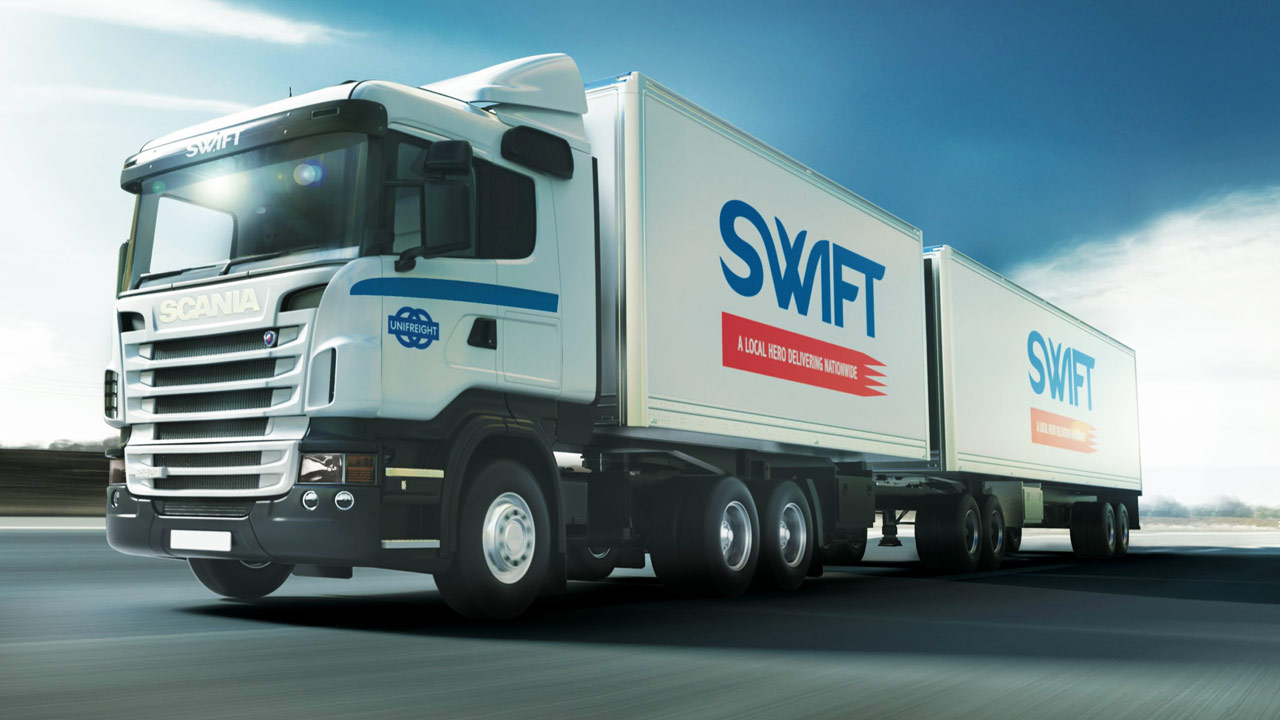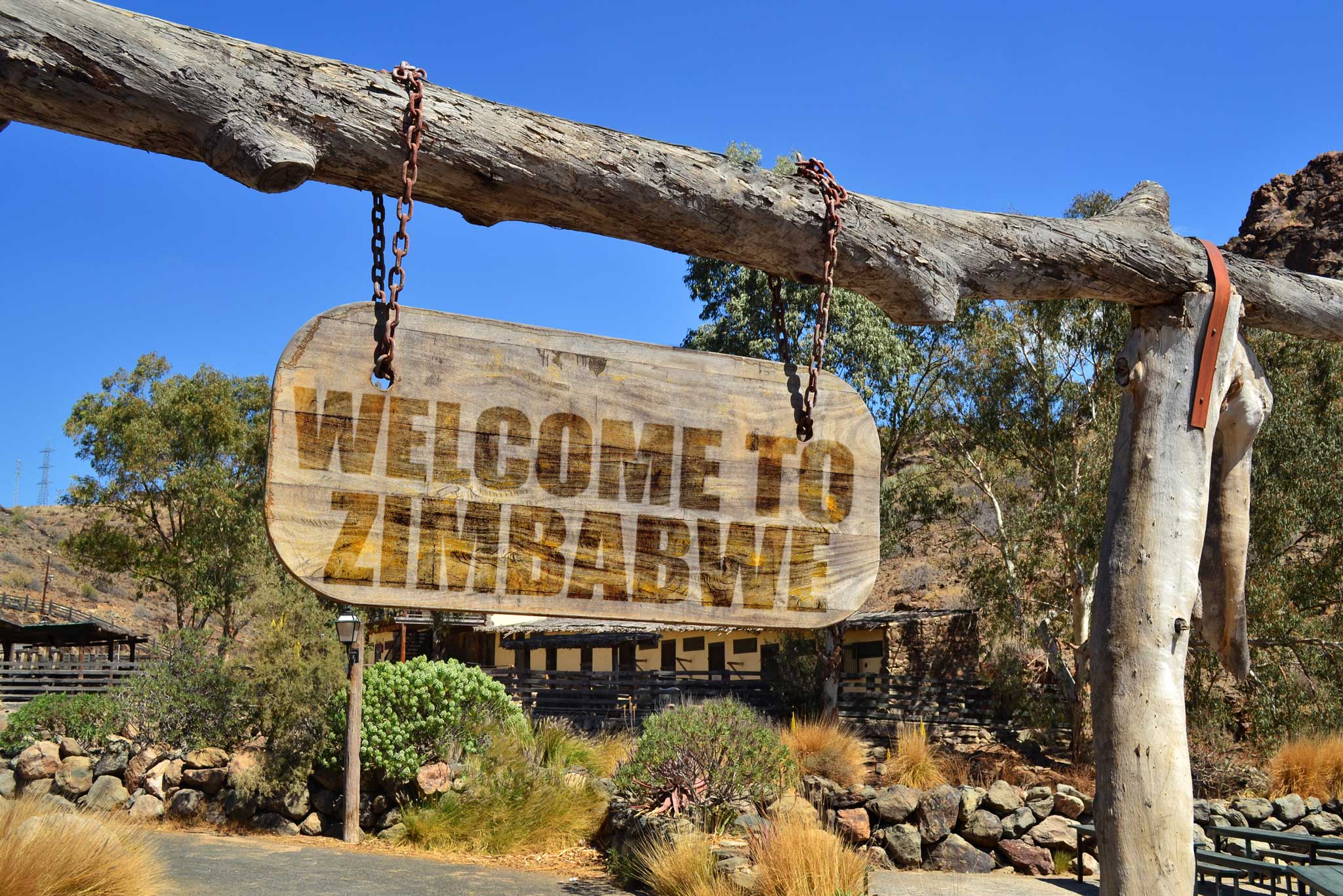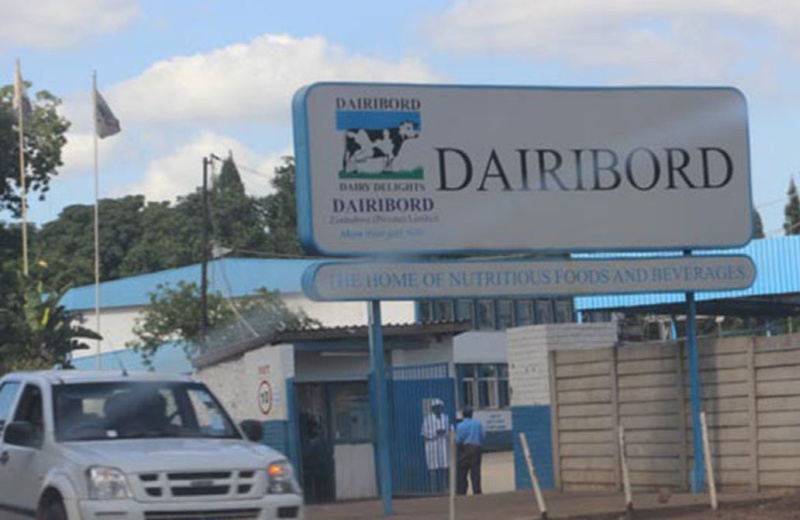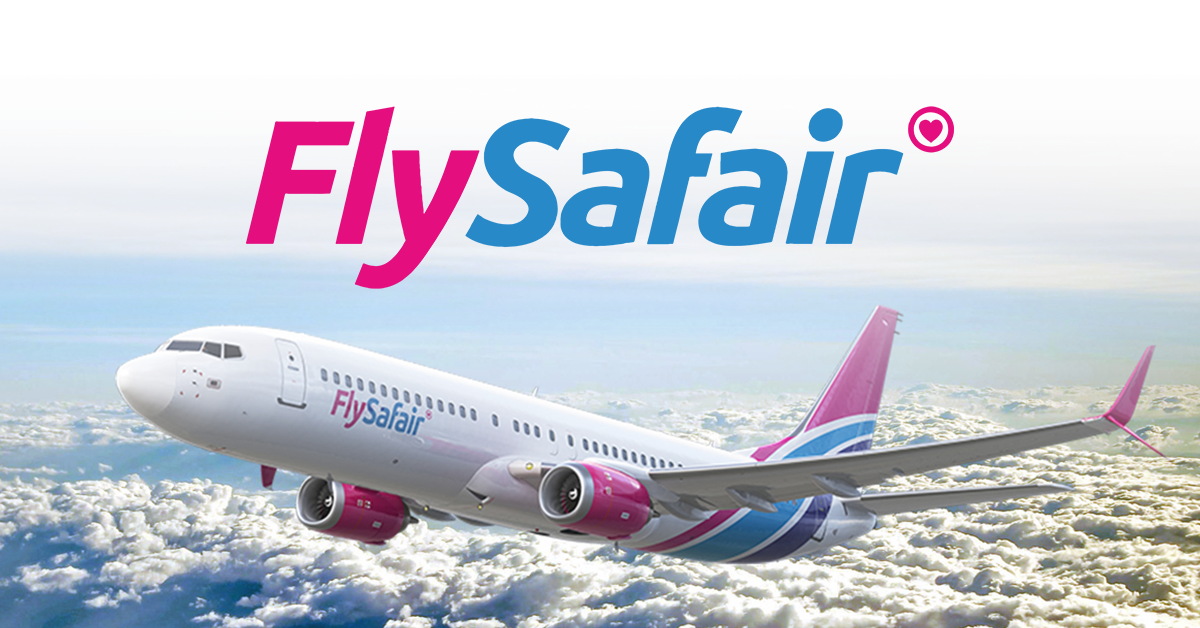Businesses need to mount those solar panels
A lot of things go right for business in Zimbabwe and some things are not so great, but the really big major problem looming over the next 12 months is going to be electric power, regardless of what the Government and Zesa do.
Fairly casually, Zesa Holdings acting chief executive Eliab Chikwenhere told the Parliamentary Portfolio Committee on Energy and Power Development in a meeting in the fancy new facilities at the New Parlaiment Building this week that Zesa was predicting maximum power demand to rise to 3 500 megawatts within a year from the present 1 950MW.
Now peak demand is a lot different from average demand, and even average demand during the day or the night. It is usually when a lot of users, or most users, all want to switch on their heavy load equipment at the same time.
We have domestic users, who tend to want hot water in the early morning to heat geysers and cook breakfast, creating a domestic peak at that point, and then again usually from around 5pm when the main cooking starts, and again with hot water heating coming through.
We have industrial users, and while factories tend to work from 7.30am to 4.30pm for the standard single shift, someone usually has to come in a bit earlier to start the machinery and get it warmed up and working so when the production shift starts they can just get going and not sit around. A fair number of factories also have at least some overtime or a second shift during the night.
Offices and commerce usually start around 8am, and their loads are not that great, computers and fridges and freezers, but servers tend to need to be on 24/7 and the cold rooms and fridges tend to have to be on 24/7, although when customers are not lifting lids and opening doors the demand is far lower.
Mines are serious, depending on how many shifts. But mining is a major user of power during production shifts and once you are smelting ores or processing ores you have to keep stuff on all the time, even if there is no production shift.
Farmers using irrigation tend again to be 24/7 users to ensure their equipment covers the largest possible area.
IF you have equipment to irrigate 50ha you can use it to grow crops over twice or three time that area by moving it around and keeping the pumps going 24/7.
The informal industrial sector tends to be a daytime user, but quite often from first light to dusk. And this sector is growing fast.
The switch to LED lighting over the last decade means that this demand is lower than historical figures and the lack of street lighting and tower lights makes it lower still.
Even a switch from fluorescent lighting to LED strip lighting makes a big difference and once you moved from filament bulbs to LED bulbs in domestic settings demand dropped 90 percent. So keeping the lights on is nota big deal.
Looking at the modern economy there has been a change in the last few decades. The major peak demand was driven once by the domestic peaks, and they are still important but not as important as they once were.
We now have a lot more mining, like about five times as much, growing industry, and more and more farmers using irrigation. So there is a huge day shift peak, plus a reasonable demand through the night and that night demand will be growing strongly.
Now in theory Zesa should be able to handle present peak demand considering the capital investment over the past few years. Hwange Thermal has a capacity of 1 520MW which can is enough to cover the base load, even with one unit down for maintenance.
Admittedly the maintenance work and rebuilding of the six units dating from the 1980s means the maximum is well below that figure and one indication of how much below comes from the announcement that unit six went back on the grid at the end of last week to add 150MW, from its theoretical maximum of 220MW. The 150MW came from maintenance: the missing 70 MW will have to come from the renovation.
Kariba South should, in normal circumstances, be able to average around 600MW, perhaps a bit more.
But it was extended to 1050MW precisely to handle peaks. With normal water flows Zesa could chop right back, perhaps to just 100MW or even less to keep things ticking over during the low demand periods, and then shove right up to 1000MW to cope with a peak. Zambia also extended Kariba North to similar levels to get the same flexibility.
All this means that Zesa has a potential peak output of pushing 2 500MW, in actual fact 2 570 although in normal operation one unit would always be on maintenance and depending on unit that would cut the peak to as low as 2 250MW.
But we all know Zesa cannot cope with even the present peaks and normal day and evening demand. One problem is Hwange, which has the older bank of six units, four of 120MW and two of 220MW, grossly underperforming, about half their theoretical output of 920MW on a good day, although the new 600MW should be well over 500MW.
Then Kariba South is well down, with Zesa capped at an average of 250MW thanks to the very low water levels and the appallingly low inflows.
Even with the best will in the world Zesa cannot get a peak demand much above 350MW, and even that requires the station to be kept on ticking over for much of the night and at least part of the day.
And the Zambezi River Authority does not see any improvement this year, noting that the Angolan water, which provides 80 percent of the power station supplies, predicted to be very low with the Southern African drought, and for Angola that is the second year of drought.
The missing 400MW to 500MW at Hwange is one reason we have load shedding at present, along with Kariba South at well below half its “normal” energy output and peak output below a third.
Yet the economy is expanding, hence Zesa’s appeal to mines and industry to build their own power stations, and the recent appeal by Minister of Energy and Power Development Edgar Moyo for business generally to coat their roofs with solar panels.
But it is important to note that Zesa cannot even in theory cope with 3 500MW peaks, perhaps half of that at the very best even if everything was working at Hwange thanks to the low Kariba output.
Independent power producers are seen as a part solution.
Already commercial solar farms are adding up to 60MW, small but every bit counts, plus a lot more dedicated power with all those solar panels already on rooftops.
Predicted additions take this up to a little over 100MW by July, and then there are the extra bits coming in slowly. Even the larger planned independent stations are being built in phases, and we still have more plans than stations under construction.
So it looks as though a lot more businesses are going to have to generate their own. Diesel generators are expensive to operate, and the higher costs cannot be absorbed.
Solar panels use free fuel, but have high capital costs, which are easier to absorb than costly fuel, but need batteries for when the sun is low in the sky or when night falls. Even heavy cloud cuts output significantly.
Zesa does offer dual metering, buying solar power when a company is overproducing during very bright sunshine and selling when the solar output falls.
That should help moderate costs but again we are not at the position we need to be.
Fortunately low demand is at night, at least after the huge domestic surge in the evening, and Minister Moyo is keen on domestic users buying gas stoves to cope with the largest single domestic demand.
But the fact that Zesa does not load shed from around 10pm to first light does mean that expensive batteries are not so vital, or at least just modest installations are needed. Private coal stations can be licensed, but these are tricky for anyone but a major investor.
They cannot be miniaturised. So it looks as though solar is the main option for the private business supplementary power, but at the same time it also looks that business needs to be adding the panels, and at least some batteries, now to cope.-ebusinessweekly










